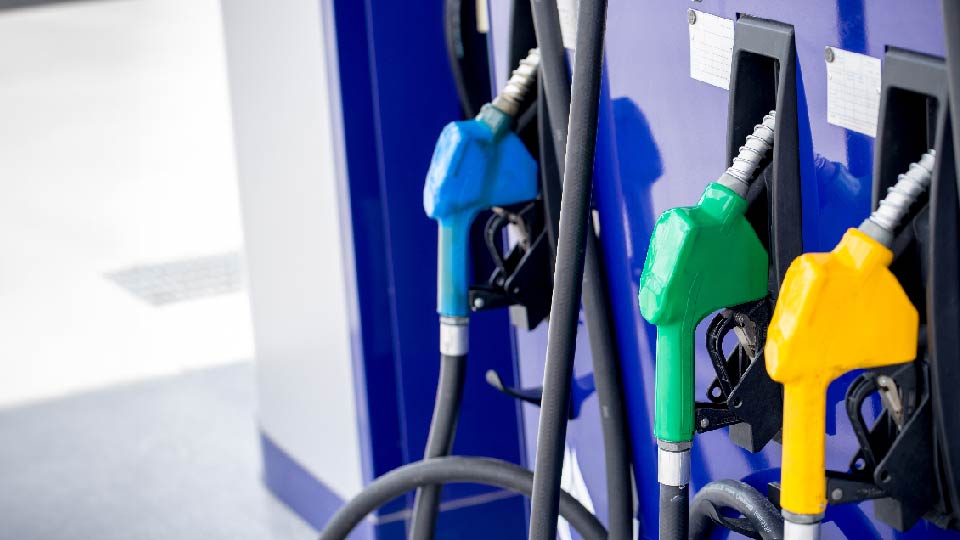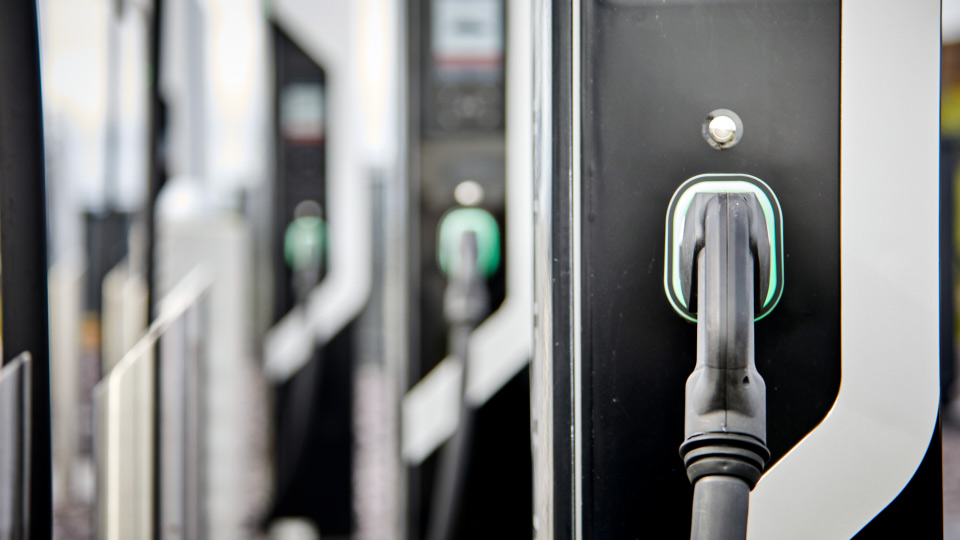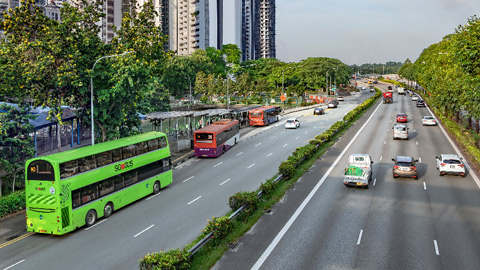Small fleet, big rewards: Telematics tips for small fleets
Learn how small fleets can use telematics to achieve higher performance and find cost savings.


When you hear the word “fleet management”, it might bring to mind entire yards full of trucks or taxis. However, many businesses with only a handful of vehicles engage in fleet management every day. Small fleets can benefit from telematics just as much as large ones. In some cases, the benefits of telematics are even magnified. In this article, we’ll share some small fleet management tips.
What is a small fleet?
There is no formal size threshold for when a fleet is considered small, medium, or large. The small fleet label has been applied to fleets with up to 20, 50, or even 100 vehicles. In general, small fleets have 50 vehicles or less.
How do small fleets benefit from telematics?
Here are some of the top advantages of using telematics for small fleets:
- Gain visibility into fleet operations and trends
- Manage fuel efficiency and reduce waste or fraud
- Optimize routes and vehicle use
- Reduce idling time
- Increase driver safety
Small fleets are not always overseen by dedicated fleet managers. Instead, the task might fall to someone in the accounting or operations department due to the company’s size. For these individuals, fleet management is an extra responsibility on top of their normal priorities. Telematics, in turn, can make these responsibilities easier to handle through integrated fleet management features.
Small fleet tip #1: Customize your platform
The dashboard of your telematics platform is like the front page of a newspaper. It should have the biggest, most important metrics on it for at-a-glance access. Setting up custom dashboard reports lets you dictate which information makes it onto the front page. It reduces visual clutter and lets you focus on key information. You can review fleet activities quickly and cut down on navigation time — which is particularly important for part-time fleet managers.
High-quality telematics systems will include features such as fuel tracking, engine monitoring, and rules for exceptions such as speeding. This information can be supplemented and enhanced using custom reports. These advanced functions are useful if you want to focus on specific metrics like CO2 emissions or cost-savings analysis across multiple vehicles.
Small fleet tip #2: Simplify fuel tracking with emailed reports
Fuel is one of the largest expenses for any fleet, and small fleets feel the cost of fuel waste more than large ones. Telematics-based fuel usage reports make it possible to track and compare fuel consumption across vehicles. By finding and investigating outliers, you can track down and correct the inefficiency, such as maintenance issues, excessive idling, driving habits, etc. If you implement policies meant to reduce fuel waste, fuel trend reports will make it easy to monitor monthly usage rates.
Fill-up reports let you monitor when and where fleet vehicles are refueled and compare this information to fuel card data to protect against fraud.
Use the “Email the report to me” option in MyGeotab to save time and get the report direct in your inbox.
Small fleet tip #3: Optimize your routes
Efficiency is the art of getting the most from the least, and this principle comes up often when working with small fleets. Fortunately, fleet managers can use telematics and integrated solutions to find ways to improve the routes of their existing vehicles.
MyGeotab’s fleet management software tracks missed and completed stops, idling time, stop duration, and planned arrival time vs. actual arrival time. These tools can be used to compare routes and test changes in practices to help drivers find the most efficient way to carry out their duties.
In addition to the routing supports available through MyGeotab, the Geotab Marketplace contains several custom solutions that can be used to further enhance route-planning. These software Add-Ins offer dedicated tools for analyzing and planning routes and dispatching drivers.
- Drivin Smart Deliveries is a route optimization solution that uses an intuitive editor to make routing changes and quickly inform drivers and customers of delivery status.
You can browse more dispatch and routing solutions here.
Small fleet tip #4: Perform risk management
One of the weaknesses of small fleets is that individual vehicles represent larger chunks of the business. Losing even a single vehicle can cause significant drops in overall productivity. Managing risky driving behavior before it results in a collision is therefore a high priority.
MyGeotab helps fleets track risky driving habits through customizable rulesets. These create thresholds for speeding, harsh braking, harsh cornering, and other dangerous behaviors so you can identify drivers in need of coaching. Telematics Add-Ons such as GO TALK can provide this coaching in real-time though in-cab verbal prompts.
Other benefits of telematics for small fleets
The improvements from route optimization and risk management can be felt most strongly by small fleets, but these are far from the only benefits telematics can provide.
- Usage tracking: Identify under or over-utilized vehicles to make the most of your existing fleet
- Predictive maintenance: Proactively tackle small engine issues before they become major headache and take vehicles off the road
Geotab’s fleet management solutions show how even little differences can have a big impact for small fleets. Request a demo today to learn more.

Antonio Venutelli is a Partner Account Manager, Strategic Accounts for Geotab.
Table of Contents
- What is a small fleet?
- How do small fleets benefit from telematics?
- Small fleet tip #1: Customize your platform
- Small fleet tip #2: Simplify fuel tracking with emailed reports
- Small fleet tip #3: Optimize your routes
- Small fleet tip #4: Perform risk management
- Other benefits of telematics for small fleets
Related posts

Solving Indonesia's Transportation Challenges with Geotab
March 10, 2025
2 minute read

Driving Efficiency in Southeast Asia - How Geotab is Transforming Fleet Management
September 24, 2024
1 minute read


Is Southeast Asia ready for the electric vehicle (EV) evolution?
April 26, 2024
2 minute read


Revolutionising fleet connectivity: The transformative impact of 5G as 3G networks bow out
March 20, 2024
3 minute read
